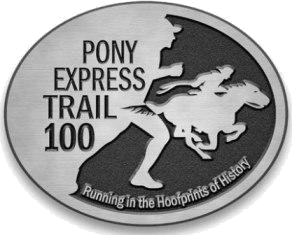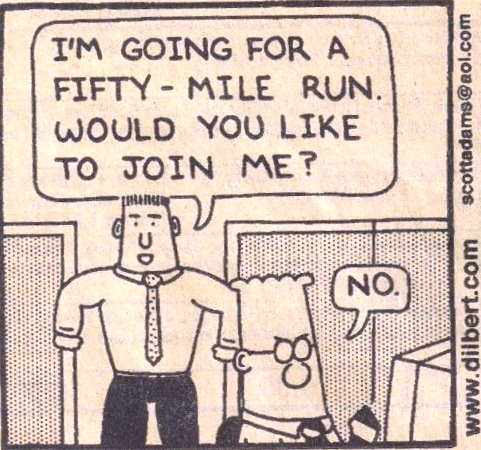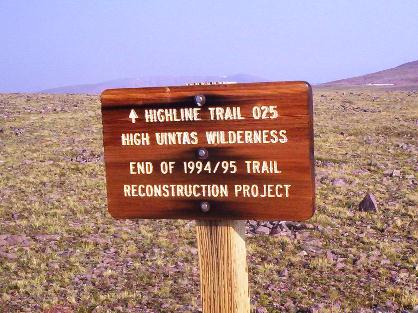
Back to Table of Contents
“There are a bunch of dern fools running a 100-mile race in the mountains.” — Overheard in a convenient store in Preston, Idaho, 2006.
It is 1:30 a.m., at about mile 73 of the 2007 Bear 100, on the 5th climb of the famed Bear “roller coaster,” in the mountains above Preston, Idaho. I’m lying down on the side of the trail, breathing hard, out of gas. My first-time pacer brother, Bob, is leaning over me, “Should I get help?” “No”, is my quick reply. “This is just a bad bonk, part of this crazy sport.” Earlier, Bob was talking about the possibility of trying a 100-miler of his own. Now, looking down at my agony, he’s having lots of second thoughts about that crazy idea. Bob drapes a jacket over me and wonders if I’m going to croak. After five minutes, I feel a little better, and struggle back to my feet. I eat and drink and do the only thing I know how to do at that point – push forward. I throw up several times and I hear Bob exclaim, “Oh boy!” I grin to myself and push forward even harder, feeling a little better. In another mile Bob starts to complement my strong pace. I was back in the race.













